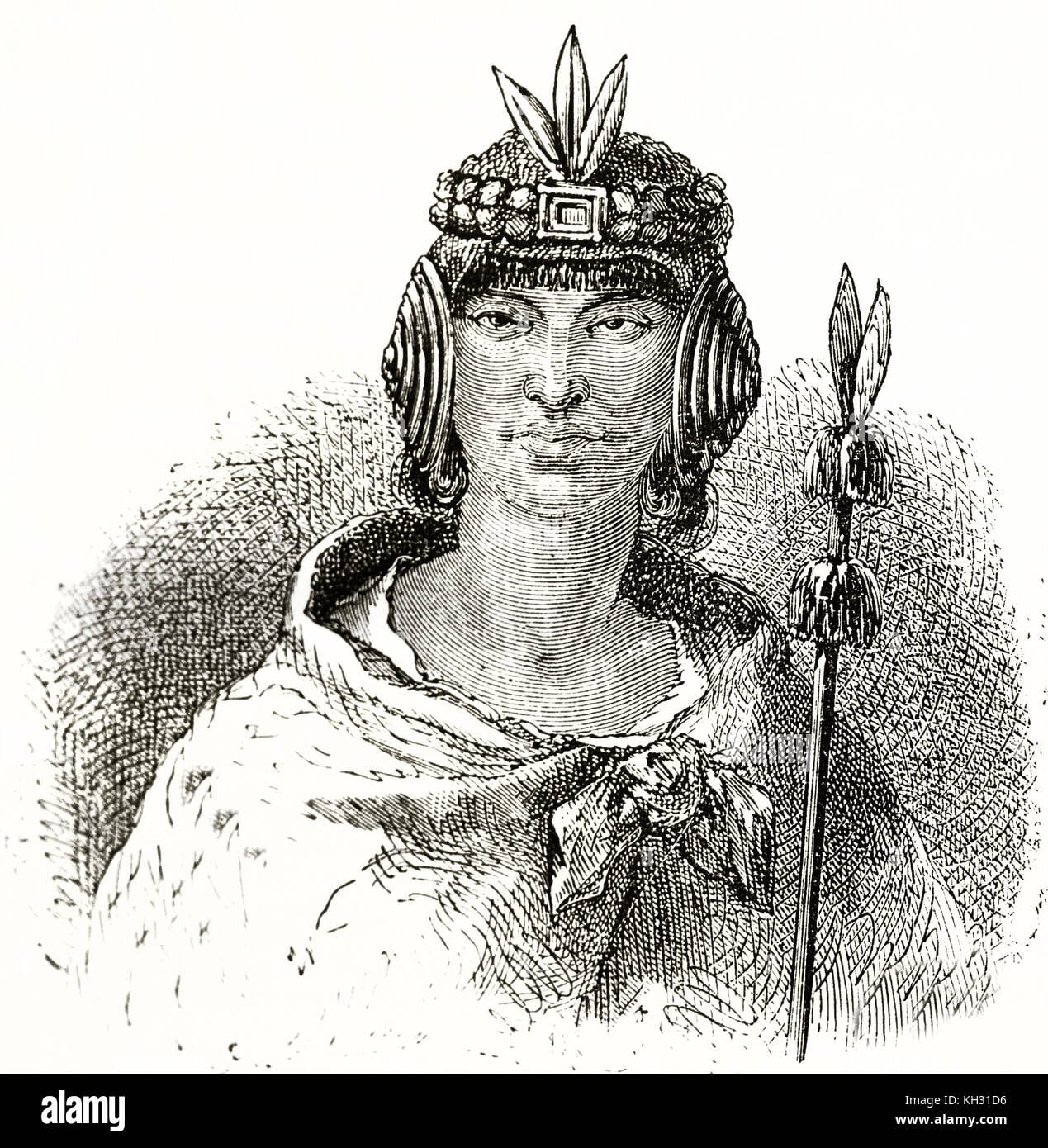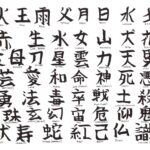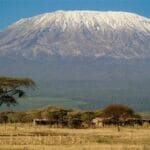Journey to the heart of the Andes, where the ancient Inca Empire once flourished, and discover a practice as captivating as it is enigmatic. The Incas believed their emperors and empresses didn’t simply die; they transformed into revered mummies known as “mallquis.” These weren’t mere preserved bodies, but active participants in the empire’s affairs, offering guidance from beyond the grave. Explore the fascinating world of the mallquis, their rituals, beliefs, and the indelible mark they left on the Inca Empire and beyond.
The Power of the Mallqui: Life Beyond Death
Imagine a society where death wasn’t an ending, but a transition. For the Incas, this was a core belief that shaped their world. Central to this belief were the mallqui Incas, the mummified remains of emperors and queens. Housed within the sacred Coricancha complex in Cusco, these revered ancestors weren’t simply interred; they resided in luxurious chambers, adorned with fine textiles, precious jewels, and surrounded by the trappings of their earthly status. It was as if they were merely on a prolonged journey, their comfort and prestige paramount.
But the mallqui were far more than preserved figures. The Incas believed they retained a connection to the living world, a conduit to wisdom and power. Facing a political dilemma? Seeking guidance on agricultural matters? Planning a military campaign? The mallqui were consulted, their counsel sought during important ceremonies and rituals. They were, in essence, silent advisors, their influence woven into the fabric of Inca life.
The reverence for ancestors extended beyond the royal court. Within each ayllu, or traditional Inca clan, ancestral mallqui were venerated. Farmers might appeal to their ancestors for bountiful harvests, while others sought protection over their lands. This ancestor cult permeated every level of Inca society, linking the living to their past and shaping their present. The mallqui, therefore, transcended the boundaries of life and death, bridging the physical and spiritual realms. Their continued presence reinforced the authority of the ruling elite and solidified the ancestor cult central to Inca life. While the Inca Empire may be gone, the enduring power of the mallqui offers a glimpse into a world where the line between the living and the dead was not a chasm, but a bridge, traversed with reverence and respect.
Do Inca Descendants Exist Today?
The Inca Empire, with its majestic cities and powerful rulers, may have vanished, but its story continues. The Inca legacy persists, a vibrant cultural and genetic thread woven through generations, especially in the Andes Mountains. Among the Quechua-speaking communities, the spirit of the Incas thrives. The mallquis, those revered Inca emperors and queens, exemplify this connection to the past. The Inca belief that these preserved ancestors could offer guidance from the afterlife underscores their profound importance as a link to ancestral power and wisdom.
Each Inca clan also venerated their own ancestral mallqui, a protector and guide. This deep-rooted respect for ancestors demonstrates the interwoven nature of the Inca past and present. Even today, echoes of Inca civilization resonate in the traditions, practices, and beliefs of the Andean people. While empires may crumble, cultures endure, adapting and evolving through time. The Inca spirit—their resilience, their connection to the land and ancestors—continues to exist.
Tracing the Inca Lineage: Who Are Their Descendants?
The question of Inca descendants is complex, a story spanning centuries. The Inca Empire was a mosaic of cultures and communities, making tracing its lineage a multifaceted endeavor. The most direct link, and the largest indigenous group in the Andes today, are the Quechua people. Their language, also called Quechua, echoes the past, representing a significant part of the Inca’s living legacy. Quechua communities are spread across Peru, Bolivia, Ecuador, Chile, and even Argentina, a testament to the empire’s vast reach.
It’s important to remember the Inca civilization was not monolithic. It encompassed diverse groups with distinct customs and traditions. Some were conquered and incorporated, others allied with Inca rulers. Over generations, these groups intermingled, adding complexity to the question of ancestry. While the Quechua-speaking peoples are often considered the primary descendants, the story includes many other groups who contributed to the empire’s richness. Their descendants may not always identify solely as Quechua but carry pieces of that shared history.
Researchers utilize various sources to connect present-day communities to the Incas. Language is a key indicator, with the persistence of Quechua across vast regions suggesting a strong link. Cultural practices, from agricultural techniques and weaving styles to spiritual beliefs, offer further glimpses into this connection. Archaeology also plays a vital role. Excavations of ancient cities, artifacts, and human remains provide insights into the lives of those within the empire, sometimes directly connecting to present-day communities.
While the Quechua people form a major part of the Inca legacy, the full story is more nuanced. It’s a tale of cultural blending, assimilation, and resilience, especially after the Spanish conquest. Research continues, and the search for understanding reveals much about history, culture, and the human spirit. It reminds us that history isn’t just about emperors, but about the people within those empires whose lives continue to resonate through generations.
What Exactly is a Mallqui Inca?
The Inca elite, including rulers and their spouses, were mummified upon death, becoming mallqui Incas. The Inca didn’t perceive death as an ending; they believed their ancestors, even in mummified form, could still influence their lives. These Mallqui Incas were believed to communicate with the gods and offer guidance from beyond the grave, a direct link to their powerful past.
Mummification was a meticulous process, using herbs, resins, and salts to preserve the bodies and ensure the spirits remained intact. The Inca cared for their Mallqui Incas as if they were still living, providing food, new clothes, and other necessities. They even conversed with them, seeking advice and wisdom.
During festivals and ceremonies, the Mallqui Incas were paraded, showcasing their ancestors and the enduring legacy of their rulers and traditions. This practice powerfully connected them to their past and invoked blessings for the future. Ongoing research and debate continue to unravel the mysteries surrounding the Mallqui Incas, their specific roles, and associated rituals. What remains clear is the Incas’ deep reverence for their ancestors and their belief in their continued presence. The Mallqui Incas were not merely mummies; they embodied the Inca past, consulted for guidance, revered in ceremonies, and integral to their society.
If you are seeking a captivating outdoor adventure, venture into the depths of Homolovi Ruins State Park to delve into the rich history of the ancient Sinagua people.
Exploring the Inca Legacy: A Deeper Dive
Descendants of the Incas: A Living Legacy
Millions thrive today, primarily among the Quechua-speaking communities of the Andes. While the Inca Empire dissolved, its cultural and genetic legacy endures. Genetic research reveals a diverse community at Machu Picchu, shedding light on the Inca population and their origins. Documents may yet verify claims of royal Inca descent among some families in Cusco and other Peruvian regions.
The Inca Legacy: Key Aspects
- Descendants: The Quechua people, predominantly farmers in the central Andes, are recognized as direct descendants.
- Genetic Evidence: Studies of ancient DNA from Machu Picchu and Cusco offer insights into the Inca population’s genetic makeup, relationships to other communities, and diversity within the empire. Research also explores genetic links between modern Andean populations and the ancient Incas.
- Cultural Heritage: The Inca legacy persists through language, traditions, and agricultural practices.
- Royal Lineage: Some families claim direct descent from Inca royalty, and research is underway to validate these claims.
- Mallquis: These Inca mummies, including Coyas (Inca queens), highlight the influence of women in the ancient Andean world.
- Misconceptions: The Inca Empire was primarily a political structure, not solely an ethnic group. Like the Wari and Tiwanaku before them, the Inca civilization no longer exists as a political entity. Focusing solely on the political aspect diminishes the persistent cultural and genetic legacy within current Andean populations.
The Survival of Inca Culture: Resilience and Adaptation
The narrative of Inca descendants is one of resilience and cultural survival. They have maintained their traditions and identity despite historical challenges. Their cultural practices, including textile production, agricultural techniques, and storytelling traditions, offer tangible examples of the living Inca legacy. Oral histories play a vital role in preserving Inca heritage, adding a human dimension often missing from archaeological or genetic records. Addressing the contemporary challenges faced by Inca descendants, such as economic inequality and land rights issues, provides a relevant perspective. Exploring the roles women played in Inca society and how these roles might be reflected today offers another fascinating avenue of inquiry.
By exploring these facets of Inca history and culture, we gain a deeper appreciation for the enduring power of the Inca legacy and the vibrant communities who carry it forward.

















1 thought on “The Enduring Power of the Inca Mallqui: Ancestor Worship and the Afterlife”
Comments are closed.